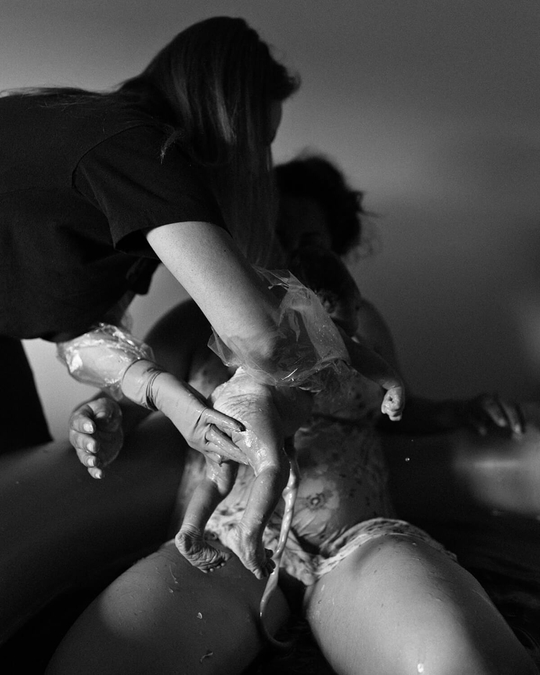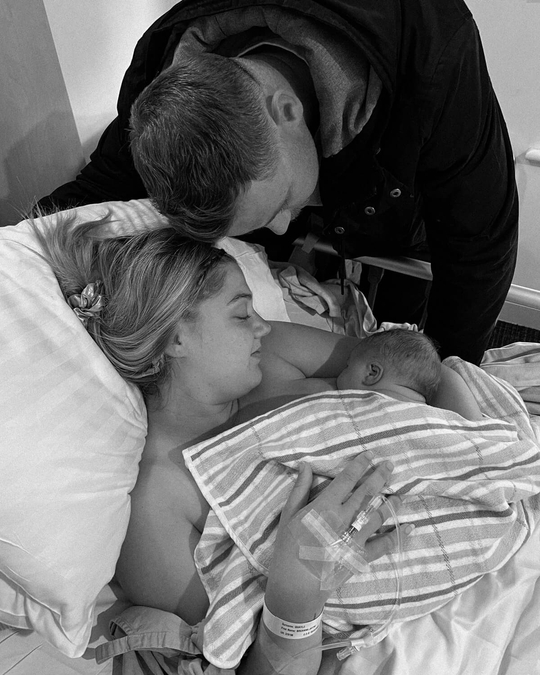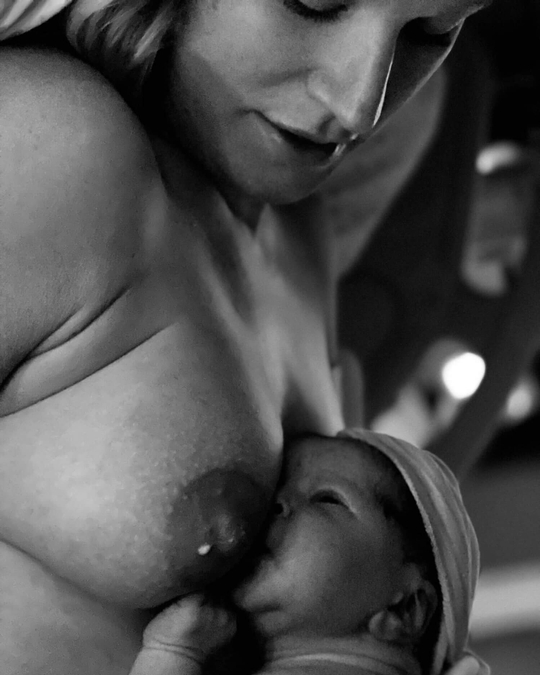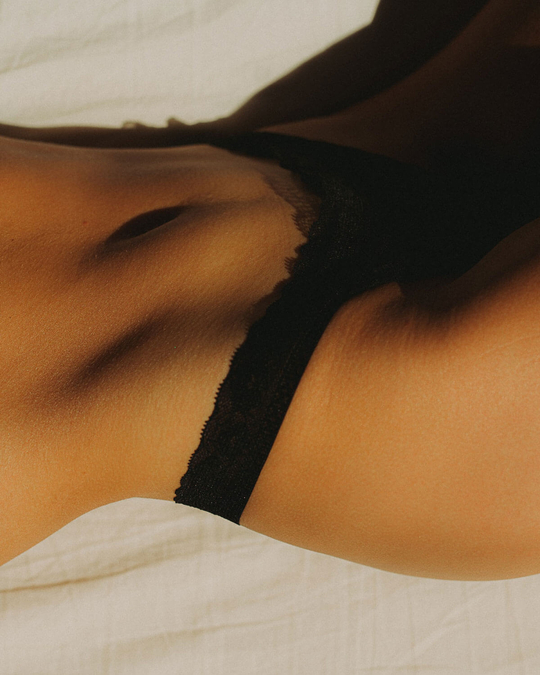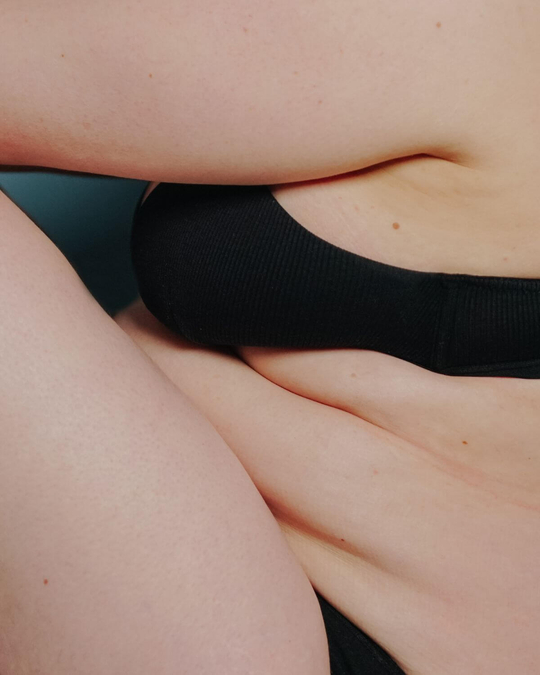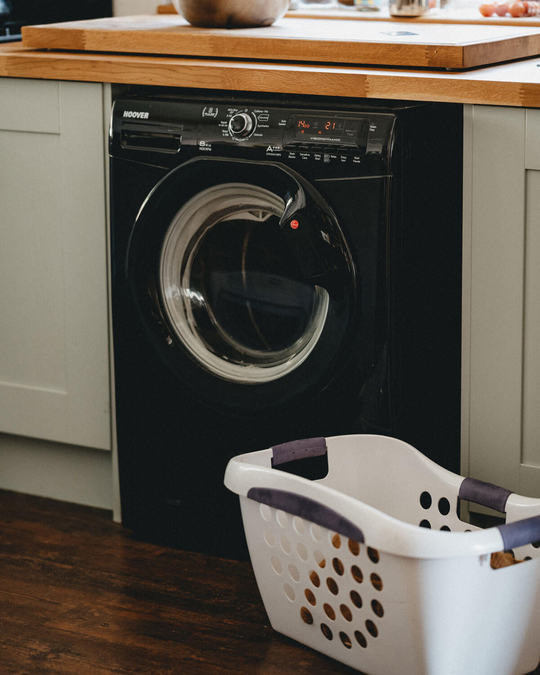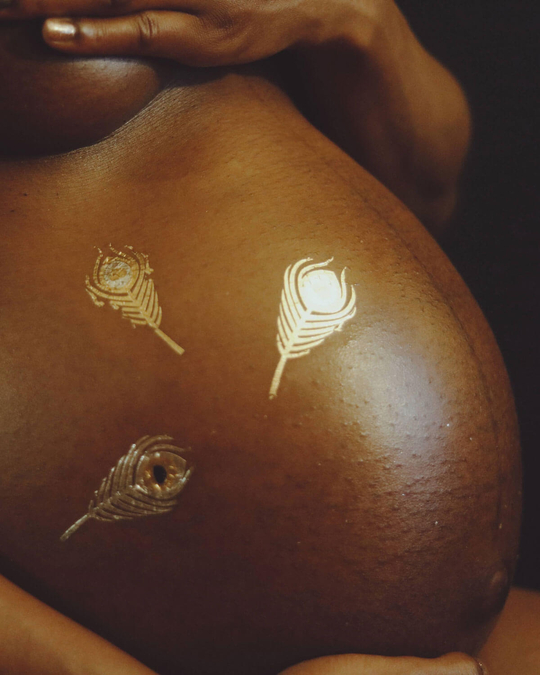The breastfeeding relationship is like no other for you and your baby. While you are no stranger to the endless benefits of giving your baby this “liquid gold”, there are some common challenges that arise.
A common breastfeeding issue is a clogged milk duct – a hard, sometimes painful lump in your breast. While clogged ducts in and of themselves aren’t harmful, knowing how to identify them is crucial as they can lead to a more serious breast infection, mastitis (ouch!). Let’s break down what clogged duct symptoms you should look out for, plus how to make sure you stay away from mastitis and get back to breastfeeding your babe!
How do I know if I have clogged milk ducts?
You might first suspect you have a clogged duct by touch. A clogged duct can feel like a hard lump or wedge in the breast and is the result of milk flow being blocked.
Other common symptoms of a clogged milk duct are:
- Some pain or tenderness in one area of the breast.
- The pain of the lump is more intense before a feeding and less after.
- You may have a very low fever (less than 101°F or 38°C).
- The nipple pore may be blocked, which looks like a white blister on the tip of the nipple (also called a nipple bleb).
- The lump/clogged area may be red and warm to the touch.
- Milk supply and pumping output (how much you express) may dip temporarily since the milk is clustered together.

How do you clear a clogged milk duct?
If you notice these clogged duct symptoms, the good news is you can implement some simple strategies to work on clearing it quickly.
Here’s where to start:
- Breast massage is the most common and very effective way to help clear clogged ducts. You should apply pressure in the congested area but not apply too intense of pressure – the tissue is a gland and needs gentle massage to help clear the congestion. There are some tools on the market for breast massage, however using your hands is often the best method to prevent any damage to your breast tissue or bruising.
- Frequent breastfeeding and/or pumping is crucial, since the root cause of clogged ducts is not enough milk removal. Aim to try and empty the breast via breastfeeding or pumping (using a breast pump or via hand expression) every 2 hours in the affected breast.
- Add heat before feeding to help get things moving with the clog. You can try massaging and hand expressing while in a hot shower, warming a washcloth and applying it to the breast before a feeding and massaging to help decrease the clogged duct.
- A epsom salt soak can be helpful before breastfeeding. Fill a large basin or the sink with water (~2L), add a handful of epsom salts and submerge the affected breast into the water. While the breast is submerged, massage the clogged duct towards the nipple.
- Experiment with feeding positions that can help position the baby to suction towards the plugged duct. Use massage while the baby is feeding and ensure that they are maintaining a deep latch at the breast to fully drain your breastmilk. You can also try what is called “dangle feeding”, which means you lean over your baby so your breasts are dangling on top, allowing them to feed in this position to use gravity to help remove the clog!
- Wear loose, comfortable maternity clothing and leave your breast out if you can (i.e. not in a bra) or in a very soft fabric bra with no wiring (our Milk Bamboo Sleep Bra is perfect for this). You want to ensure that there is as little pressure on the breast tissue as possible.
As a clogged duct begins to clear, you may notice that the milk that appears may be “stringy” in appearance or come out as actual clogs/lumps! This is normal and is an encouraging sign of your hard work to remove the clogged duct. The breast tissue may be tender after it is cleared and may have a “bruised feeling” after pressure was applied. Be mindful of using popular tools such as a massager and applying too much pressure.
How long before a clogged duct becomes mastitis?
If you have continued to try and work the clogged duct out but are noticing that it is not improving and symptoms are starting to get worse (it does not appear to be clearing congestion), it can be a sign of mastitis. This can happen within days if a clogged duct is not removed promptly or the root cause hasn’t been properly addressed.
Symptoms of a clogged duct developing into mastitis are:
- Fever of greater than 101°F or 38°C. A clogged duct may have a very low grade fever, however mastitis means there is an infection and an accompanying fever that rises quickly.
- Body chills and fatigue are common, moms generally describe feeling as if they have the flu.
- Red streaking appears on the breast and is hot to the touch.
- Blood or pus is present in your breastmilk.
- A burning sensation is present during breastfeeding or pumping.

When should I see a doctor?
Since mastitis is an infection, it is typically treated with antibiotics so it is important to contact your doctor if you have had symptoms of mastitis for longer than 24 hours.
Mastitis does not always require antibiotics if it is caught within the first 24 hours, so be sure to speak with your doctor as soon as you notice mastitis symptoms occurring.
During treatment you need to ensure you are:
- Taking the full course of antibiotics, typically it is a 10 or 14 day course.
- Drinking plenty of water/fluids, aiming for at least half of your body weight in ounces.
- Resting in bed with the baby, this may mean finding support for older children, household tasks, etc. while you kick off mastitis.
- Taking a high quality probiotic while taking antibiotics to help introduce good bacteria into your gut.
- Prioritizing rest. Often mastitis can reoccur when rest and self care are limited.
It’s incredibly important to get treatment for mastitis as symptoms appear, as in severe cases of untreated or poorly managed mastitis, a breast abscess can occur.
How and where do milk ducts get clogged?
Clogged ducts can happen when your breasts are not being drained as often as needed or the ducts have pressure on them, which causes congestion. Most commonly clogged ducts happen when feedings are infrequent or feedings change in length of time and the breast ends up not getting fully emptied.
It’s important to work on addressing the root cause of the clogged ducts to ensure they don’t happen again and to prevent the clogged duct from turning into mastitis.
Other common causes of clogged ducts are:
- Not enough milk being removed: this could be the result of a sleepy baby, ineffective latch or suck, using a nipple shield, baby feeding on one breast more than the other or not letting baby stay at the breast long enough.
- Less frequent feedings: times such as returning to work, pacifier use, teething, beginning to wean and an abrupt change in schedule can lead to less feedings.
- Pressure on the ducts: wearing a tight fitting bra, purse strap or backpack can press too tightly on the breast tissue and cause a clogged duct.
- Poor fitting pump parts: incorrectly fitting parts like the flange can lead to the breast not being fully drained. Ensure you are changing your pump parts frequently.
- Inflammation: new mom stress and fatigue can all weaken immunity and lead to clogged ducts.
If you notice a clogged duct on the nipple or nipple pore, this could be what is known as a “nipple bleb”. This is a clogged duct that occurs right on the nipple pore and it can be painful when the baby is latching and they pull on this. Follow the same tips above to clear a nipple bleb and consider adding in more warm compresses directly on the bleb to help remove the trapped milk.
How to prevent clogged ducts from happening.
If you’ve had clogged ducts, it’s important to work closely with your lactation consultant (IBCLC) to investigate what the root cause was. You can be more susceptible to clogged ducts if you have had them before, and if your symptoms develop into mastitis you are more likely to develop mastitis again (I know, it’s really not fair!).
Keep your breast tissue free of clogged ducts by:
- Practicing good latch and positioning techniques.
- Ensuring your breasts are fully drained after each feeding; if they do not feel drained or the baby is changing their feeding schedule and feeding for shorter times you can hand express or pump!
- Continuing to practice breast massage and compressions while feeding your baby at the breast and when pumping to help stop the milk from accumulating
- Consider taking 1200mg of sunflower lecithin, as this is a natural emulsifier (which means it helps make things smooth!) and can help prevent any clogs from happening in the breast tissue.
Clogged milk ducts, while a pain (sometimes literally) are a very common roadblock in the breastfeeding journey. Quick awareness of the clog and effective treatment can help you knock it out quickly so you can get back to the warm snuggles and joy of breastfeeding your baby.
If you are looking for more breastfeeding tips and troubleshooting, you can download our breastfeeding guide to have a playbook of everything you need to know about meeting your breastfeeding goals.
LIKE WHAT YOU READ?
Join CakeMama Club & get 10% OFF your first order!
Plus you’ll get tips + tricks for pregnancy, postpartum & breastfeeding, get member-only offers, earn CakeCoins every time you shop + more. Learn more













